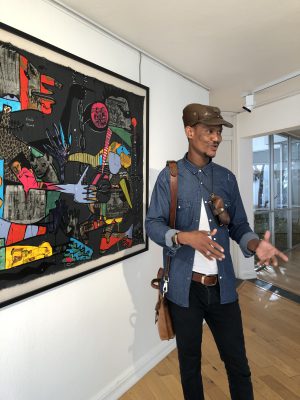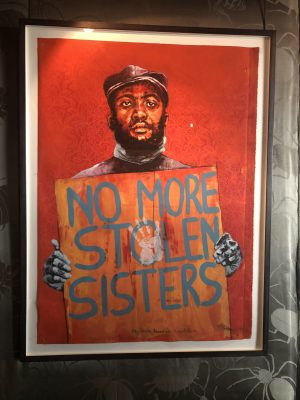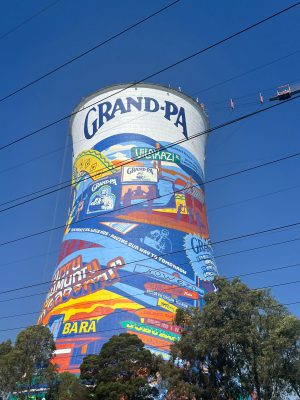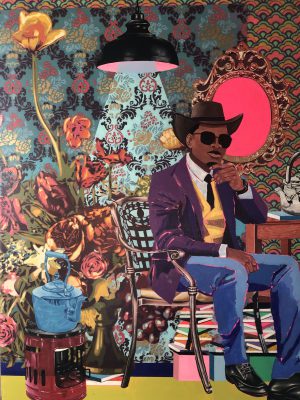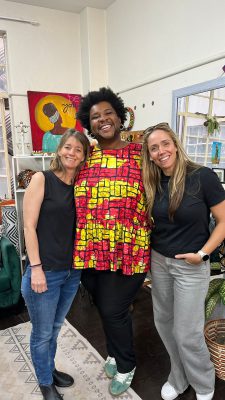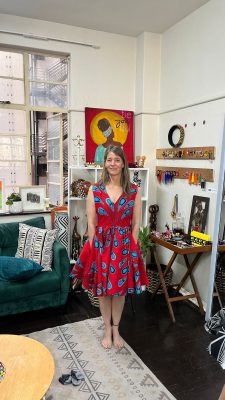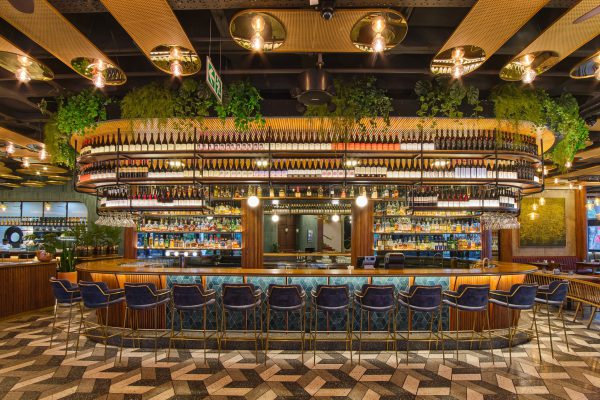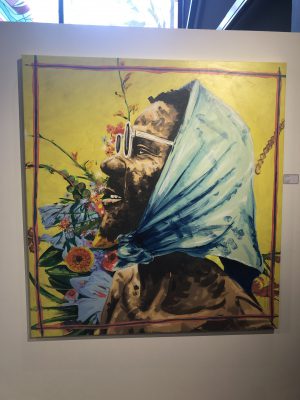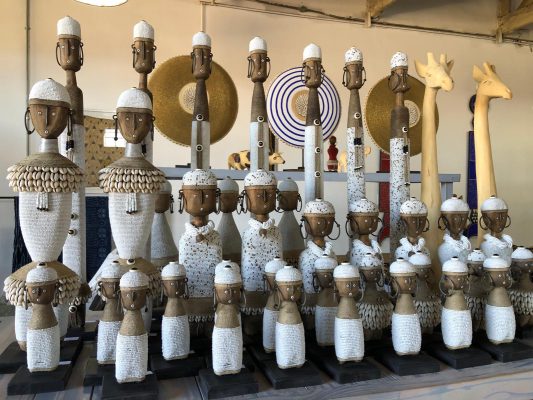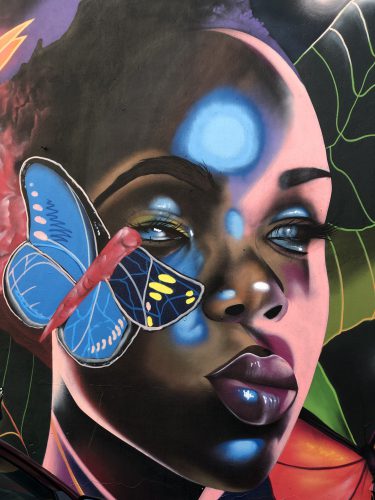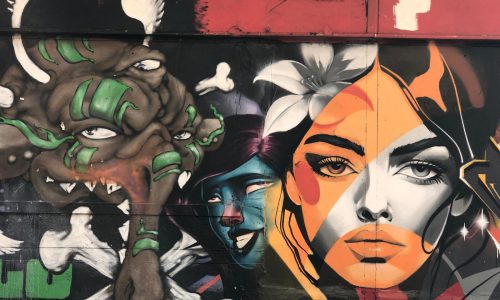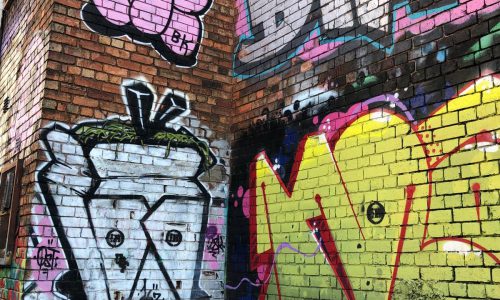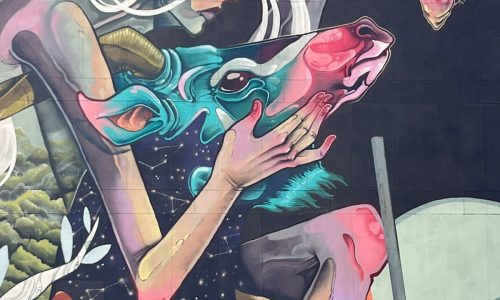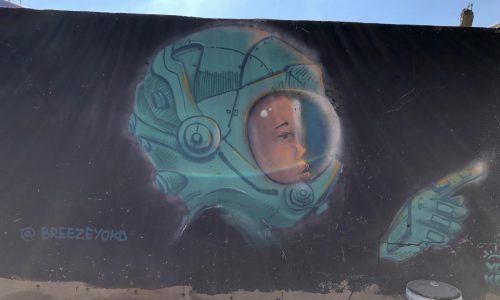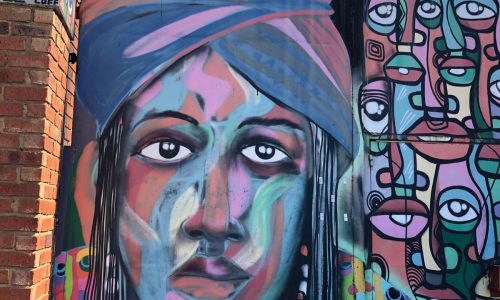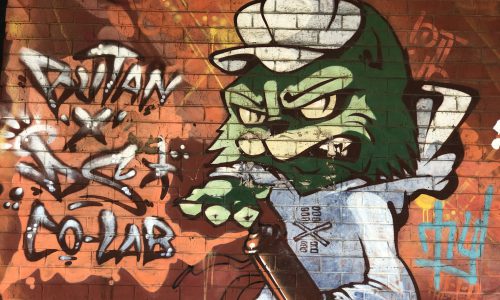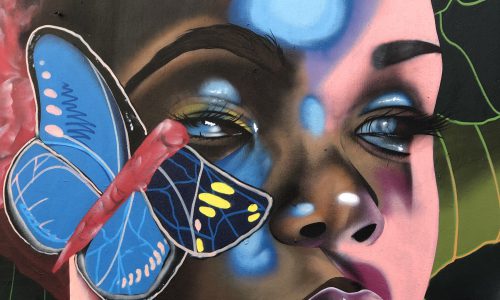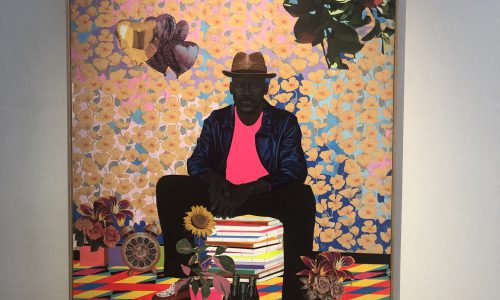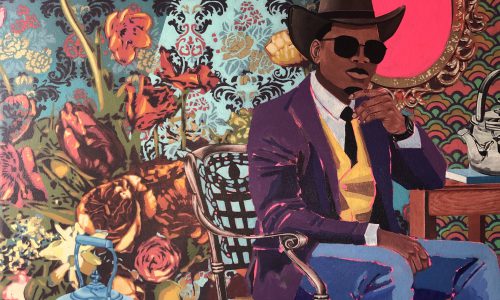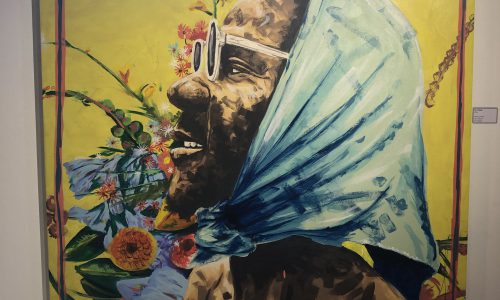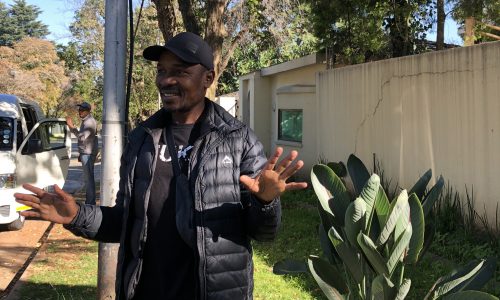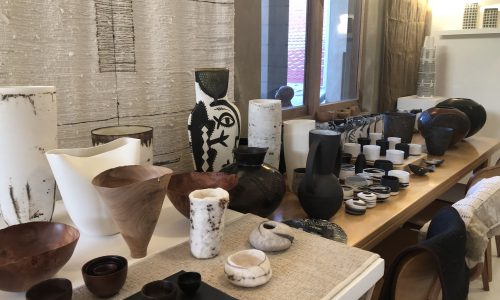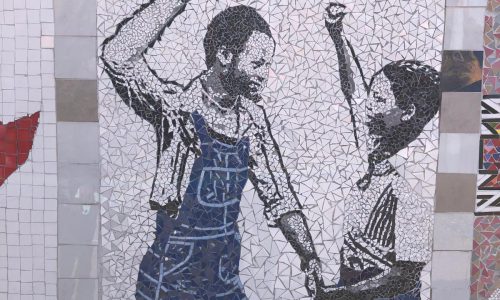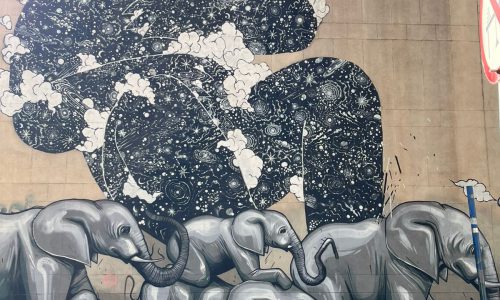While Cape Town commands all the attention, we encourage you to consider adding a day or two at the start or the end of your trip to discover what’s happening in Johannesburg (or Jozi as we like to call it). Although South Africa’s largest city is vast, it’s easy enough to get around by Uber, however, we strongly recommend you let us book you a private vehicle and driver for the day which just means you can maximize your time and experience. We also recommend our handpicked specialist guides to add life and context to all you are seeing.
Here are some of our top suggestions that takes in the highlights and will give you a real sense of what this modern, vibrant city is all about.
Apartheid Museum is a world-class museum which explores the history and legacy of apartheid, the state-sanctioned practice of segregation and discrimination based on skin color that began in 1948 and ended in 1994. Film footage, photographs and artifacts tell a story that is in parts distressing and in parts inspiring: the country’s peaceful transition to a non-racial democracy is something of a miracle considering the circumstances. Allow yourself 1.5-2 hours for a visit – there’s a large volume of information to absorb but it’ll give you an invaluable insight into the challenges modern-day South Africa faces. Opening days Thursday – Sunday only.
Constitution Hill, formerly a military fort and prison complex and now the location for the city’s constitutional court. There are inspirational and educational exhibitions split over four museums (including former prisons). We highly recommend we book you with private guide Hugh Fraser to take you through this fascinating part of Johannesburg – where many of South Africa’s leading anti-apartheid figures found themselves locked up at some point. Hugh is incredibly knowledgeable and entertaining – and will truly make this an afternoon that will remain with you long after you return home.
Maboneng and Newtown
Maboneng Precinct, a once-gritty industrial part of downtown Johannesburg has been transformed into a cosmopolitan, creative hub attracting visitors from far and wide. Stroll around at your leisure to get a good feel for the place and marvel at the incredible street art all around this area (and in Braamfontein).
Rosebank is also a great area of mixed-use shops, restaurants, amazing galleries and lots of buzz. Some really great new hotels coming up in this area as well, and fabulous rooftop bars!
Soweto by Foot or Cycle
Get out of the car and onto a bike with a cycling adventure around the township, (or walk) getting to know the different communities and its history. Visit places such as a former migrant workers’ hostel for men – continue to Meadowlands – famous for the forced removals from Sophiatown in the 1950’s. Explore historical landmarks of the 1976 student uprisings and visit the memorial site of Hector Pieterson. Walk or cycle down Vilakazi Street where Nelson Mandela used to live and where Bishop Desmond Tutu has his home. A volunteer guide will take you through the house where Winnie raised her children – the bullet holes are still there during various raids on their home.
Soweto is a very vibey and lively place to spend a half day or more – totally worth a visit! We highly recommend you let us book any Soweto tour with Kennedy Welani Tembo (Microadventure Tours) – one of the best tour guides we’ve ever experienced. Incredibly knowledgeable, respected and wonderful person — it feels a bit like you’re walking around with a local celebrity as everyone will be greeting you as you stroll by.
Art Galleries
Johannesburg is an absolute dream for anyone interested in modern African art. We recently had the pleasure of touring several art galleries with art aficianado Thabo “the tourist” and visited a handful of incredible galleries. We would suggest choosing two or three galleries for a full afternoon of inspiration. Galleries we highly recommend visiting with a specialist guide ( a “must” if you are interested in buying art or prints along the way) include: Everard Read, Circa, BKHZ, Origin Art, David Krut,Gallery2, Blue House, Kim Sacks gallery (excellent gift shop!), and the famous Goodman Gallery.
Or for something completely different … outfit yourself with an amazing African tailored dress or suit…
Many of us know that when you visit Thailand it’s a fun idea to get a suit tailored, we can tell you that it’s a lot more fun getting an amazing African print tailored into a dress, skirt or suit! We had the fortune of spending time recently with Sebo, owner of Caraci, who has created a wonderful experience showing clients through the streets of the fashion district in downtown Johannesburg together with the opportunity to create a bespoke bomber jacket, kimono, dress or skirt in an African print. Sebo is just a wonderful person to spend a day with, and passionate about Johannesburg describing the experience as ‘his love letter to Johannesburg’. Your clothes get tailored while Sebo takes you to Maboneng for more art, culture and lunch!
Dinner and Drinks
Head to Rosebank to check out the swanky Marble located in the flashy Trumpet Building on Keyes Art Mile in Rosebank, an area known for its abundant contemporary art galleries such as the landmark Circa Gallery, Everard Read Gallery and Goodman Gallery, a few minutes’ walk away. The rooftop lounge bar and terrace with views stretching out towards the Magaliesberg is the perfect place for sundowners. Then stay and treat yourself to dinner where star chef David specializes in meat and seafood cooked over an open fire – after all, there’s nothing South Africans like more than a braai (barbecue) – albeit this is an upscale version.
Or head to Proud Mary – a wonderful restaurant, with awesome food, drinks and decor, on Jan Smuts Ave. The new Pot Luck Club in The Peech Hotel, Melrose (just a short Uber ride away) is also excellent. We recently sampled their menu and it’s just as good as their flagship Cape Town restuarant! Ask us for our shortlist of favorite restaurants in Johannesburg!
If you’ve dined at one of Rosebank’s restaurants, a quick stop on Jan Smuts Ave takes you to Sin + Tax Bar (corner of Bolton & Jan Smuts Roads), a sophisticated speakeasy-style establishment. It’s behind an unmarked door – of course – and is tiny, but the ever-changing selection of drinks here are phenomenal. Or head to a Streetbar Named Desire – also on Jan Smuts – for fabulous cocktails and people watching.
Shopping …. (we all love to shop at African Portfolio)
Rosebank Art and Craft Market is probably Johannesburg’s largest and most well-known craft market, this is a one-stop spot for all your African souvenir needs, from impressive life-size beaded sculptures to must-have wooden carved giraffes. With traders from across the continent you can find the widest range of hand-crafted items such as carved wooden chests, colorful paintings, West African masks, local fabrics, those quintessential Big Five figurines, handbags, leatherware, brightly colored Afro-chic fashion and the must-have Mandela T-shirt. For African souvenir shopping, you won’t find a better market than this in Johannesburg. “This is Africa. We Bargain” is the motto of market traders here.
Victoria Yards is also a fantastic place to shop, eat and meet with artists, we highly recommend a tour with James Delaney as host, or one of his wonderful “guru” guides – where you can enjoy lunch in his studio, find a spot to dump your bags and enjoy browsing at leisure before your flight home.
Victoria Yards is a fabulous complex of century-old warehouses which have been converted into studios for African artists, jewelers, furniture makers and galleries. Victoria Yards has an inspiring feel – old industrial textures, planted with vegetable gardens and fruit trees, pedestrian-friendly and safe. These are working spaces and not retail stores so you can’t be sure who’s in, but you may meet artists like Ayanda Mabulu, James Delaney, Benon Lutaaya and Blessing Ngobeni in the privacy of their studios with the option of picking up some last minute gifts before you fly home.
Kim Sacks Gallery in Rosebank offers a wonderful ceramics studio and boutique – in a Mexican flavored style home. We were so impressed with the excellent boutique filled with unique pieces by South African contemporary artists – a lovely place to buy unique gift for your home.
